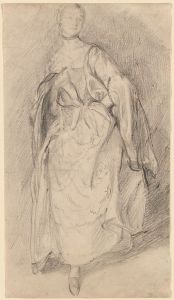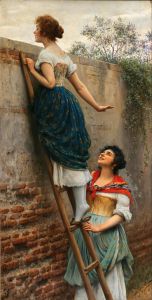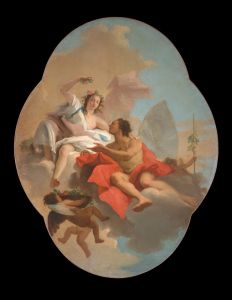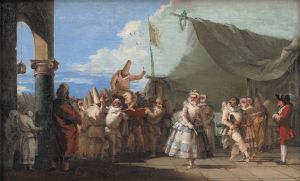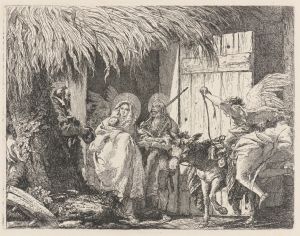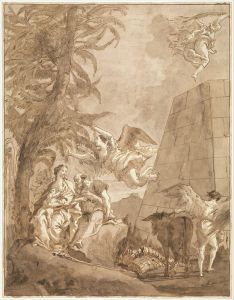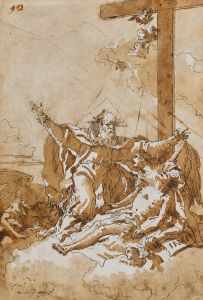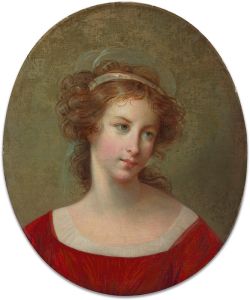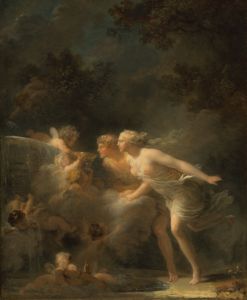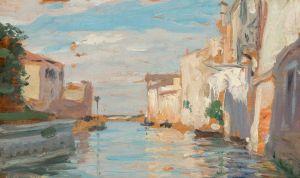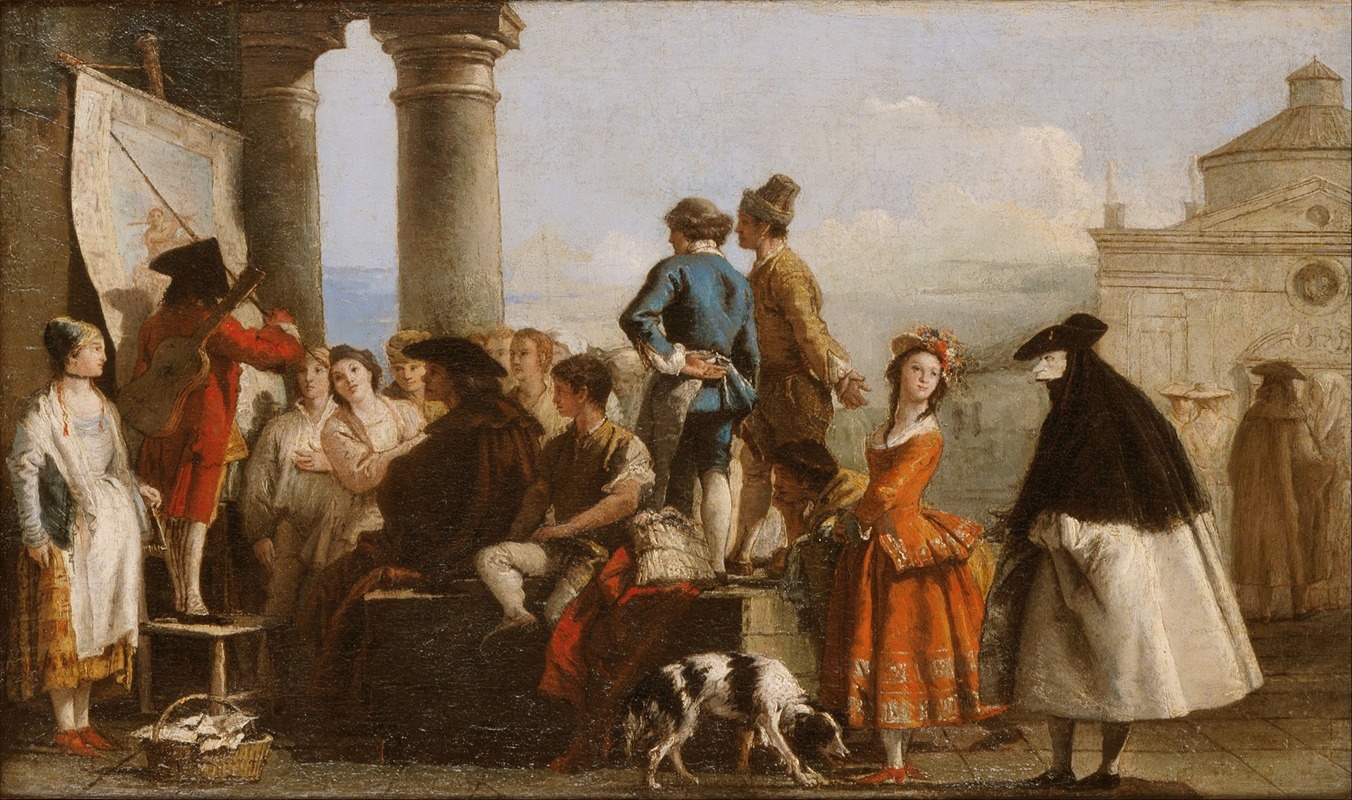
The Storyteller
A hand-painted replica of Giovanni Domenico Tiepolo’s masterpiece The Storyteller, meticulously crafted by professional artists to capture the true essence of the original. Each piece is created with museum-quality canvas and rare mineral pigments, carefully painted by experienced artists with delicate brushstrokes and rich, layered colors to perfectly recreate the texture of the original artwork. Unlike machine-printed reproductions, this hand-painted version brings the painting to life, infused with the artist’s emotions and skill in every stroke. Whether for personal collection or home decoration, it instantly elevates the artistic atmosphere of any space.
Giovanni Domenico Tiepolo (1727–1804) was an Italian painter and printmaker, known for his contributions to the Rococo style and his narrative-driven works. One of his notable paintings, The Storyteller, exemplifies his skill in capturing dynamic scenes and human interactions. This artwork is part of Tiepolo's broader body of work that often explored themes of storytelling, theatricality, and everyday life.
The Storyteller depicts a lively scene in which a central figure, presumed to be the storyteller, engages a group of listeners. The composition is characterized by its vibrant use of color, fluid brushwork, and attention to the expressions and gestures of the figures. Tiepolo's ability to convey emotion and movement is evident in the way the audience appears captivated by the storyteller's narrative. The painting reflects the Rococo style's emphasis on lightness, elegance, and a sense of playfulness.
Giovanni Domenico Tiepolo was the son of the renowned Venetian painter Giovanni Battista Tiepolo, and he often collaborated with his father on large-scale fresco projects. However, Domenico also developed his own artistic identity, producing a range of works that included religious scenes, genre paintings, and satirical drawings. The Storyteller is an example of his genre paintings, which frequently depicted scenes of everyday life infused with a sense of drama and humor.
The exact date of The Storyteller is not definitively documented, but it is believed to have been created during the latter half of Domenico's career, when he focused more on smaller-scale works and series of paintings. The painting is often associated with his series of works that explore the theme of Pulcinella, a stock character from the Italian commedia dell'arte tradition. While The Storyteller does not explicitly feature Pulcinella, it shares a similar narrative and theatrical quality.
Today, The Storyteller is recognized as an important example of Domenico Tiepolo's ability to blend narrative content with artistic technique. The painting is housed in a private collection or museum, though its specific location may vary depending on exhibitions or loans. Scholars continue to study Tiepolo's works for their contributions to the Rococo movement and their influence on later artists.
This painting, like much of Domenico Tiepolo's oeuvre, reflects the cultural and artistic milieu of 18th-century Venice, a city known for its vibrant artistic scene and love of theatricality. Through works like The Storyteller, Tiepolo captured the spirit of his time while showcasing his individual talent as a painter and storyteller.






